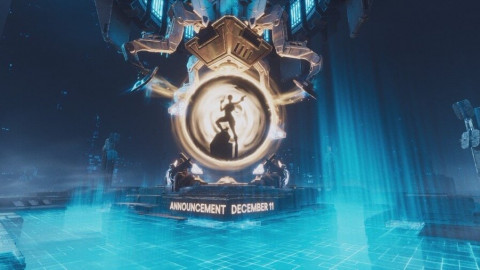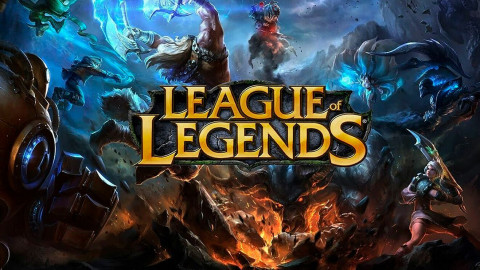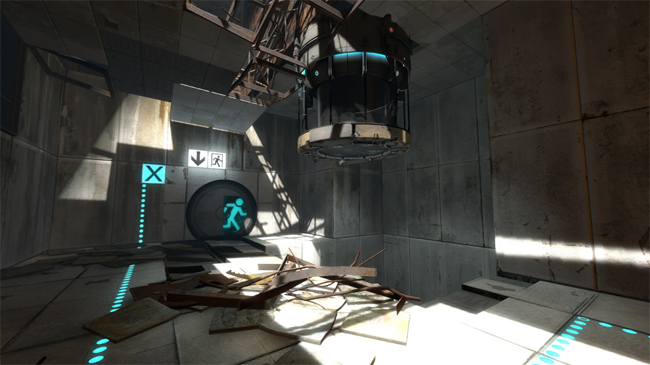
Disclaimer : The following article was written freely based on the author's opinion, and it may not necessarily represent Inven Global's editorial stance.
I’ve had a great time playing multiplayer games over the years, including Halo, Mario Kart, and perhaps most infamously, World of Warcraft, but most of my favorite gaming memories still come from single-player experiences. There’s something special about locking your door and completely shutting out the rest of the world while you experience a game for the first time. You’re able to examine granular details. You can go at a much slower pace and stop to take in the beauty of a vista or just listen to a particularly moving orchestral score. But some “solo” games are actually improved – or, at the very least, augmented – by playing them with a friend. While it hasn’t necessarily made me actively seek out a partner for every campaign I play, my recent experience replaying Portal 2 gave me new perspective on a title I hadn’t touched in nearly six years.
This past week, I took my first vacation in several years to a cabin by an enormous lake in rural Tennessee. It was a fantastic time and I spent a good portion of it relaxing in a boat on the water, but I’ve been playing video games for more than twenty years – if I miss them for more than a couple days, I start to get antsy. I had left all of my consoles back at home, leaving my girlfriend and I with her laptop to play games on. Her collection is small, and without any Wi-Fi at the cabin, there was no way for us to play the majority of the games she had installed. One exception was Portal 2. I had played it when it originally came out in 2011, but for whatever reason, I hadn’t finished it. Six years is a long time to remember solutions to specific platforming puzzles, so I figured it would be a chance for me to have a fresh start and experience the game as if I had never played it before.
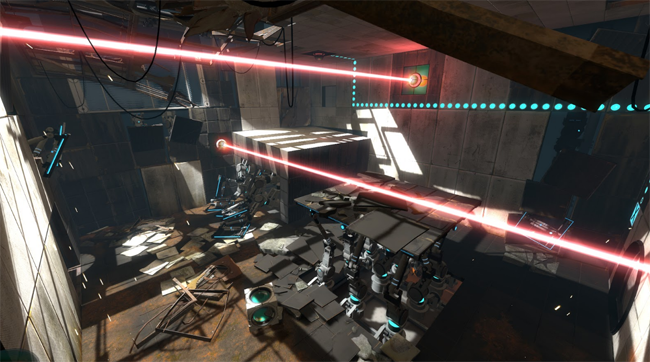
As it turns out, I did remember some of the game’s best early moments, including Wheatley’s speech at the very beginning of the game, but most of my knowledge of mechanics and strategies had gone out the window. My girlfriend and I were able to organically experience each new feature or twist, and whenever one of us would get stuck on a frustrating section, the other person almost always had an idea that could keep the ball rolling. Instead of just looking up a YouTube video to see exactly how a puzzle should be completed, we were able to guide each other through these roadblocks, giving insight into why certain strategies worked. This not only helped to keep up the game’s pace, but it improved both of our skills more than we would have gotten had we been playing alone.
After playing this way for a few hours, my girlfriend’s sister and her boyfriend wanted to join us, so we used an HDMI cable to play the game on a larger television. For the next few hours, all four of us took part in solving puzzles and coming up with theories on where the game’s excellent story would go next. I could have feasibly decided to play the game at any point, but I wanted to wait until I was with at least one other person before making any more progress – it didn’t feel “right” playing the game on my own, almost like I was doing it behind someone’s back.

It dawned on me a few days after we had finished Portal 2 that the exact same line of thinking can be applied to streaming services like Twitch. Role-playing games are extremely popular with viewers, partially because they’re able to voice their opinion to affect characters’ decisions or how a streamer should make it through a game. In something like Minecraft, this is even more apparent, as the “player” can become little more than a vehicle for viewers’ creative decisions. It completely changes how we interact with some of our favorite games, but it had its roots in simple couch cooperative play. The engagement that streamers are able to get through comments or voice chat with viewers is great, but it will never be able to completely replicate actually sitting next to a person – “haha” doesn’t have the same impact as hearing someone laugh.
Occasionally, “couch single-player” gaming can be detrimental to your enjoyment of a game, at least until you pass the controller. Though not especially common, I’ve found that playing an extremely difficult reflex-based game such as Bloodborne or even a shooter like Overwatch becomes much more frustrating when there’s another set of eyeballs glued to the screen. They’re watching your every move, and regardless of whether or not the two of you are best friends, they can’t help but judge you for a mistake. Switching controllers at every death can solve this problem.

My greatest foe in Bloodborne was the Shadow of Yharnam, a brutal three-character boss battle that forces you to constantly switch your targets as you attempt to avoid sword slashes and fireballs. It continued to annihilate me – and my sanity – for several days before I invited a friend over to see it for himself. I continued to die repeatedly, yelling at the top of my lungs as my will to continue faded away, so I handed him the controller. He met the same fate. While it was still several more days before I eventually emerged victorious and let out a thundering cheer, I could at least say to myself, “I’m not the only one.”
Since I left college last year, I’ve had fewer opportunities to game with other friends in person, but I never pass up the chances I do get. Being able to sit down and just discuss the on-screen action has completely changed my opinion of a game before, and I’m sure it will happen again. Even if you’re just sitting down to play Skyrim for the millionth time, consider inviting over a buddy. It could feel like a different game.
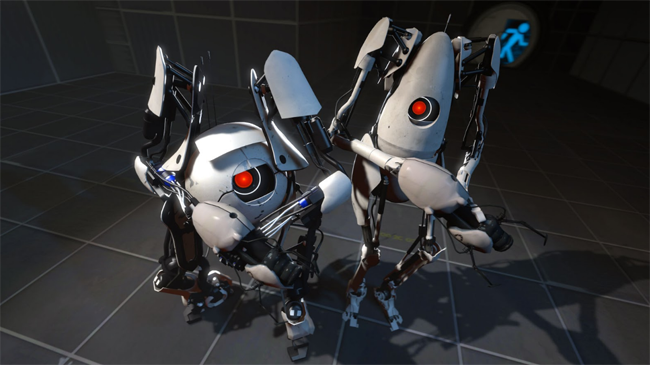
Sort by:
Comments :0


